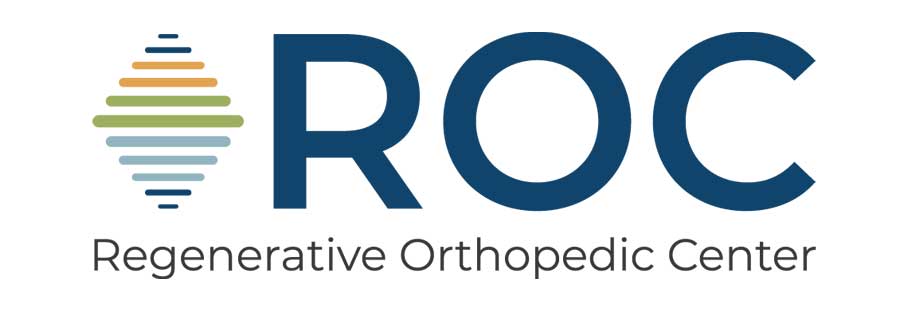What is an AC Joint Injury?
The acromioclavicular (AC) joint is where the collarbone (clavicle) meets the shoulder blade (acromion). AC joint injuries, commonly referred to as shoulder separations, occur when the ligaments that hold the joint together are damaged. These injuries are often the result of a direct blow to the shoulder, such as during sports activities or a fall. They range from mild sprains to complete tears, requiring varying levels of treatment.
What are the Types of AC Joint Injuries?
AC joint injuries are classified into six grades, with the severity increasing from a simple sprain to a complete joint separation:
- Grade I (Mild Sprain): A partial tear of the AC ligament with no displacement of the clavicle.
- Grade II (Moderate Sprain): A more significant tear of the AC ligament, along with a partial tear of the coracoclavicular (CC) ligament, leading to slight elevation of the clavicle.
- Grade III (Severe Sprain): Complete tears of both the AC and CC ligaments, resulting in a visible bump and noticeable separation of the joint.
- Grades IV to VI (Severe Separation): Involve more complex displacement of the clavicle, with varying degrees of ligament damage, and may involve surrounding soft tissues.
What Can Cause an AC Joint Injury?
Most AC joint injuries result from direct trauma to the shoulder, often during:
- Contact sports: Football, hockey, and rugby players are particularly susceptible.
- Falls: A fall directly onto the shoulder or an outstretched arm can damage the AC joint.
- Accidents: Bicycle or motorcycle accidents often cause these types of injuries.
Symptoms of AC Joint Injuries
The symptoms of an AC joint injury vary depending on the severity, but common signs include:
- Pain at the top of the shoulder: Especially when moving the arm overhead or across the body.
- Swelling and tenderness: The shoulder may feel tender, and swelling might develop around the joint.
- A visible bump: In more severe cases, the clavicle may shift upward, causing a noticeable deformity or bump.
- Weakness or limited mobility: You may find it difficult to lift heavy objects or perform activities involving shoulder motion.
How to Treat AC Joint Injuries
The treatment for AC joint injuries depends on the grade and severity of the injury.
Non-Surgical Treatments – Grade I and II
- Rest and ice: Resting the shoulder and applying ice can help reduce pain and swelling.
- Immobilization: Wearing a sling can prevent further stress on the joint and promote healing.
- Physical therapy: Strengthening and stretching exercises can restore shoulder function and improve flexibility over time.
- Pain management: Over-the-counter medications such as ibuprofen or acetaminophen can alleviate discomfort.
Surgical Treatments – Grade III and Above
- AC Joint Repair: The surgeon repositions the clavicle and repairs the damaged ligaments with sutures or other fixation devices.
- AC Joint Reconstruction: For chronic or high-grade injuries, reconstruction may be necessary. In this procedure, the surgeon replaces the torn ligaments with a graft, often using a tendon from another part of the body or synthetic materials.
- Rehabilitation after surgery: Following surgery, patients undergo physical therapy to regain strength, flexibility, and mobility. Full recovery may take several months, depending on the extent of the injury and surgical repair.
Preventing AC Joint Injuries
While not all injuries can be prevented, taking steps to reduce the risk can help:
- Wear protective gear: If you’re involved in contact sports, ensure you’re using appropriate padding for the shoulders.
- Improve strength and flexibility: Regular exercises that strengthen the shoulder muscles and improve flexibility can help protect the joint.
- Use proper technique: Learning the correct techniques for falling, tackling, and lifting can reduce stress on the AC joint.
Seeing a Specialist
If you’re experiencing persistent shoulder pain, swelling, or notice a visible bump, it’s essential to consult an orthopedic specialist. They can accurately assess the severity of your injury and determine the best course of treatment.
With the right diagnosis and treatment, even severe AC joint injuries can heal properly, allowing you to regain shoulder strength and mobility. If you’re experiencing shoulder pain, get in touch with our specialists at ROC today to explore your treatment options.
